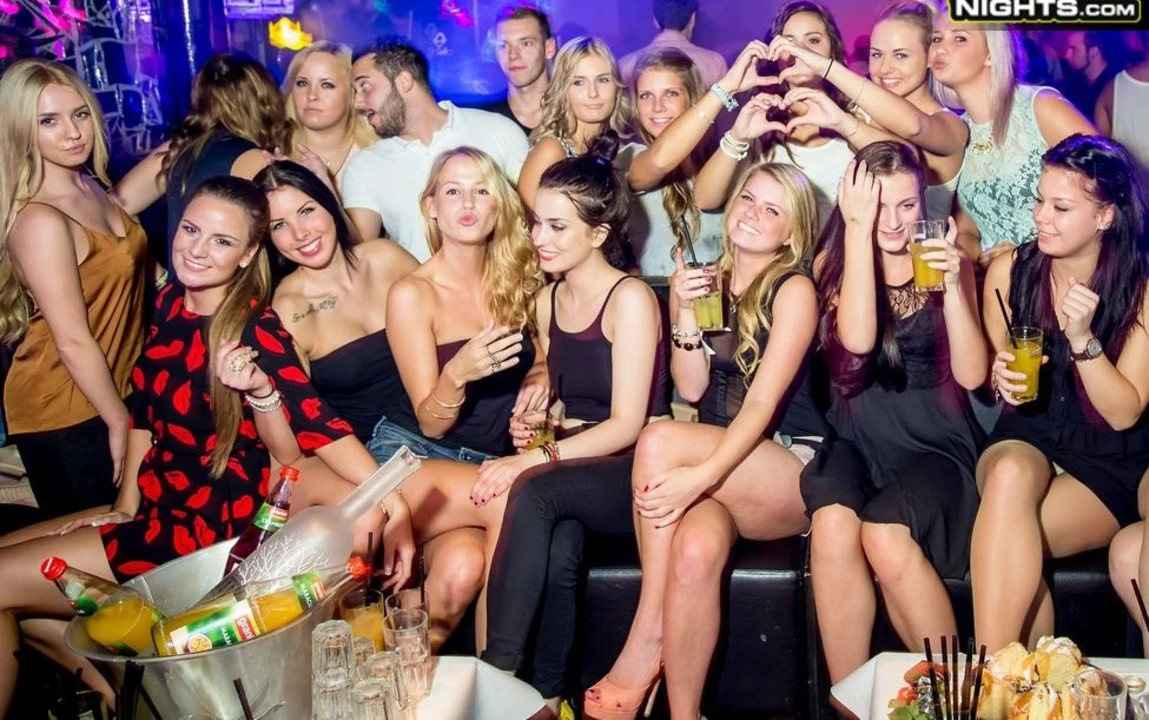The Golden Age of Parisian Cabarets
As we step back in time, we find ourselves in the golden age of Parisian cabarets. This era was marked by a vibrant and creative atmosphere that attracted people from all walks of life. The cabaret scene was an essential part of the Parisian nightlife, with establishments such as the Moulin Rouge and Le Chat Noir becoming iconic symbols of the city's cultural landscape.
These cabarets were not just places to enjoy drinks and performances; they were also hubs of artistic expression and intellectual exchange. Many famous artists, writers, and musicians frequented these venues, contributing to the unique and eclectic atmosphere that defined the Parisian nightlife during this time.
Jazz and the Roaring Twenties
As we move forward through the decades, we arrive at the Roaring Twenties, a time of economic prosperity and cultural exuberance. During this period, Paris became a haven for American jazz musicians who sought refuge from the racial tensions and strict alcohol regulations in their home country. The Parisian nightlife quickly embraced the jazz movement, with clubs and bars across the city featuring live music and dancing.
Jazz clubs such as Le Boeuf sur le Toit and Bricktop's became the epicenters of this new wave of nightlife, attracting both local and international patrons. The lively music and vibrant atmosphere of these venues captured the essence of the Roaring Twenties and cemented Paris's reputation as a global leader in nightlife and entertainment.
Post-War Nightlife and the Rise of Discotheques
Following the end of World War II, Paris experienced a significant cultural shift as the city began to rebuild and redefine itself. This period saw the emergence of discotheques as popular nightlife destinations. These venues were designed specifically for dancing, with a focus on modern music and innovative lighting techniques. The discotheque scene was a stark contrast to the traditional cabarets and jazz clubs of the previous decades, offering a fresh and exciting alternative for a new generation of partygoers.
Notable discotheques in Paris during this time included Le Club Sept and Le Palace, which attracted a diverse mix of patrons, including artists, celebrities, and the LGBTQ+ community. These venues played a crucial role in shaping the modern Parisian nightlife, paving the way for the contemporary club scene we know today.
Electronica and the Parisian Club Scene
As we progress into the late 20th century, we witness the rise of electronic dance music (EDM) and its impact on the Parisian nightlife. The city's club scene underwent a significant transformation, with a new wave of innovative venues and events catering to the growing demand for EDM. Clubs such as Rex Club, Batofar, and Le Queen became synonymous with the Parisian electronic music scene, hosting world-renowned DJs and attracting an international crowd.
This era also saw the birth of large-scale music festivals and events, such as Techno Parade and Nuits Sonores, which further diversified the city's nightlife offerings. The thriving electronic music scene in Paris continues to evolve and influence the global EDM landscape, with new clubs, events, and artists constantly emerging and pushing the boundaries of the genre.
Contemporary Nightlife in Paris: A Diverse and Inclusive Scene
Today, the Parisian nightlife boasts a diverse and inclusive array of experiences catering to all tastes and preferences. From underground techno clubs to swanky rooftop bars, there is truly something for everyone in the City of Light. Moreover, the city's nightlife has become more accessible and welcoming, with a focus on inclusivity and providing safe spaces for marginalized communities.
Recent years have seen the emergence of alternative nightlife options, such as immersive theater productions, speakeasies, and themed bars, which offer unique and memorable experiences beyond the traditional club and bar scene. In addition, the Parisian nightlife continues to evolve and adapt to the ever-changing cultural landscape, incorporating new trends and technologies while honoring its rich and storied past.
As we've explored the evolution of nightlife in Paris, it's clear that the city's after-dark offerings have continuously adapted and reinvented themselves over the years. From the classic cabarets and jazz clubs to the cutting-edge electronic music scene, Paris remains an influential and dynamic force in the world of nightlife and entertainment. No matter your interests or preferences, the City of Light is sure to enchant and inspire you with its vibrant and diverse nighttime offerings.

